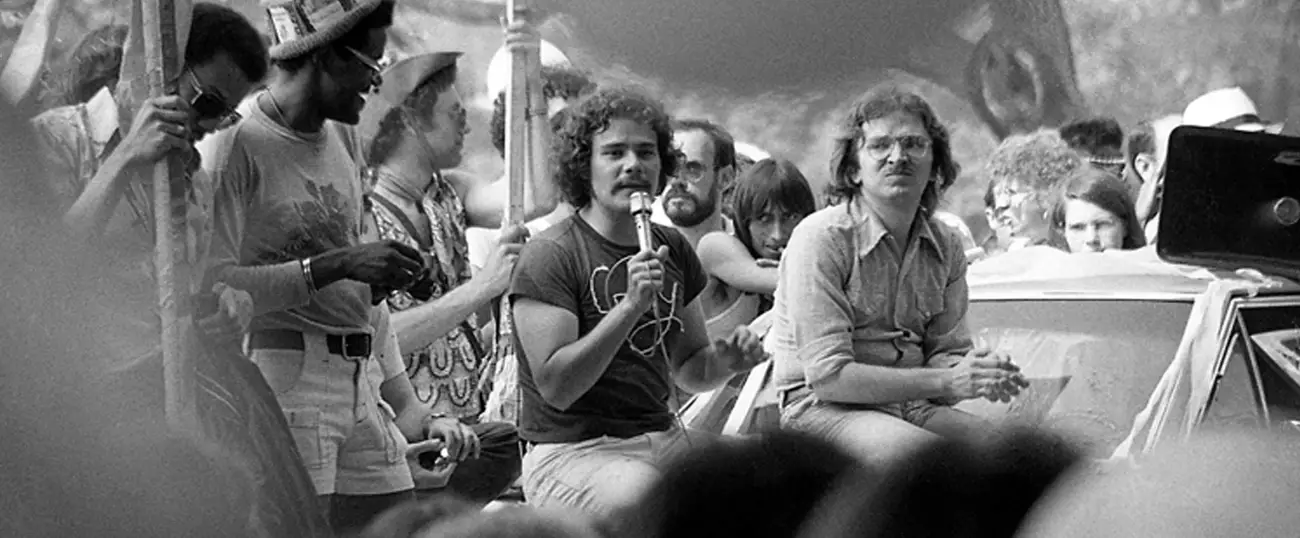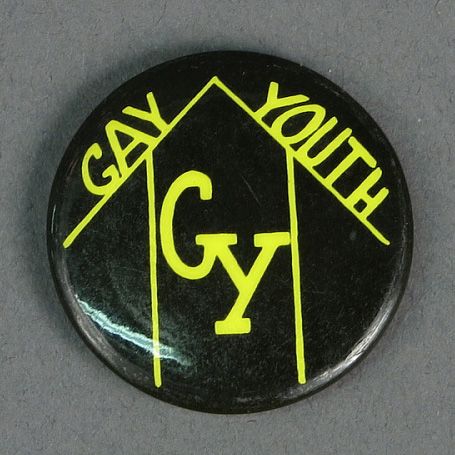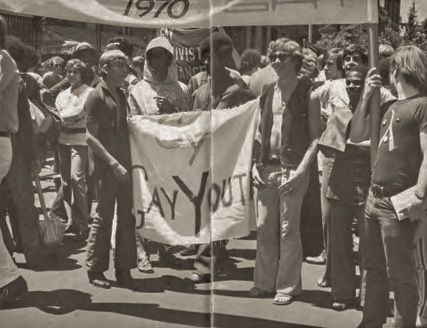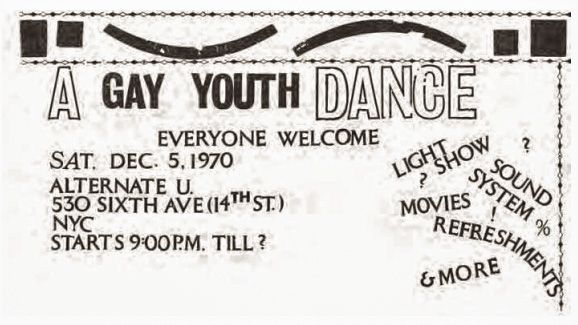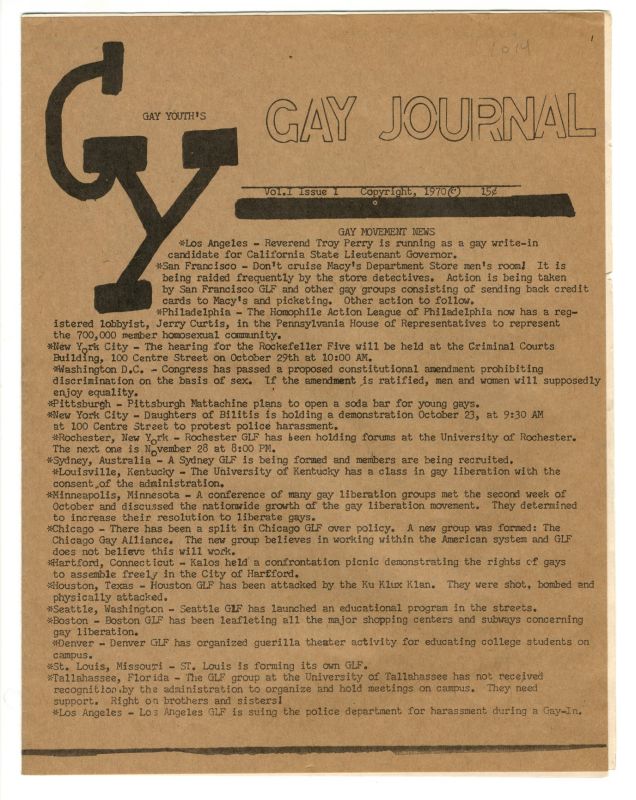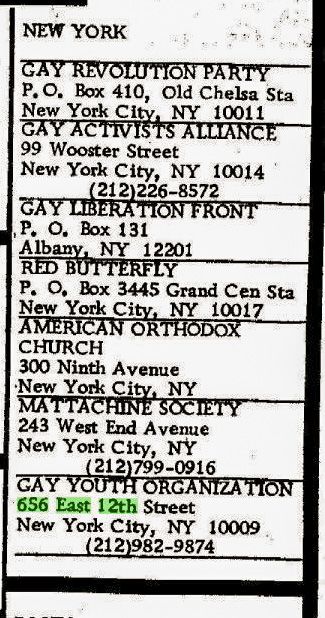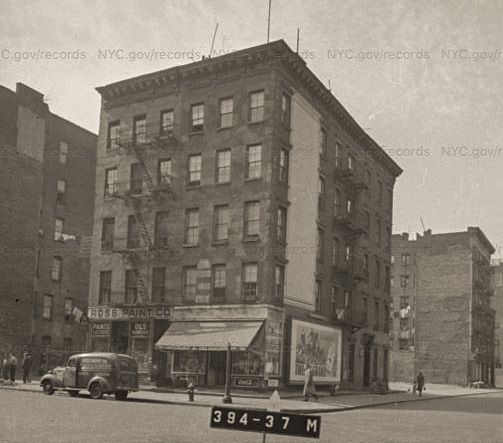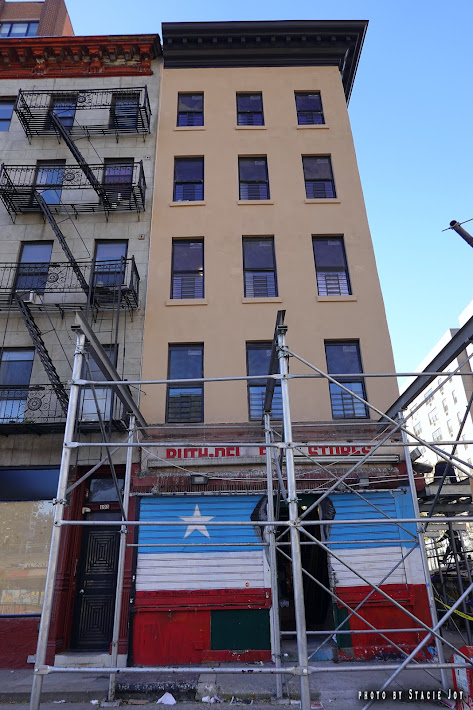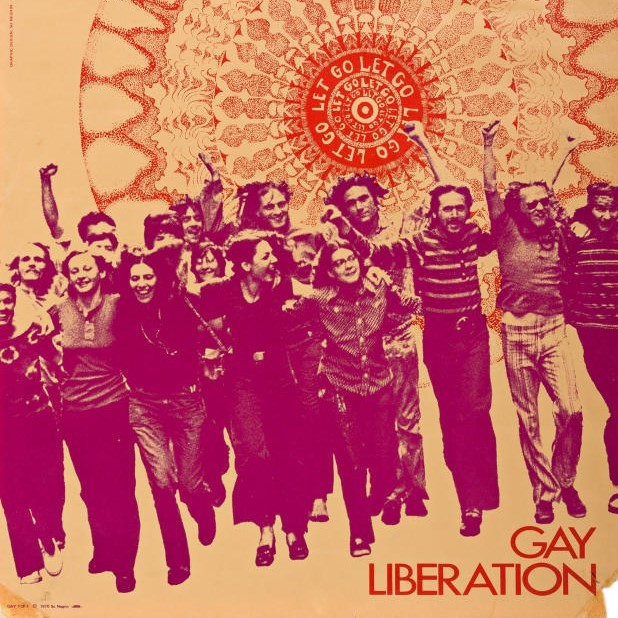
Mark Segal Residence / Gay Youth Headquarters
overview
Mark Segal, one of the 1970 founders, and the president, of Gay Youth, lived in an apartment in this East Village tenement building from 1969 to 1971, which also served as the organization’s unofficial “headquarters” from 1970 to 1971.
The group was initially formed within the Gay Liberation Front (GLF) to serve the needs of those members under the age of 21.
History
After graduating from high school, Mark Segal (b. 1951) moved from Philadelphia to New York City on May 10, 1969. He attempted to join the Mattachine Society of New York, but due to his age was turned away because members feared legal repercussions for “recruiting” underage young people. By chance, he ran into Marty Robinson, who along with Jim Owles led a “Gay Action Group” at Mattachine’s offices at 243 West End Avenue, though they were not officially part of Mattachine.
The Stonewall Inn was the first gay bar in New York that Segal encountered, and he was there, and participated in, the first night of the Stonewall uprising on June 28, 1969. He, Robinson, and other members of the Gay Action Group left chalk messages on sidewalks in Greenwich Village, urging people to return the next night to protest the police raid that had taken place. After Stonewall, Group members severed any association with Mattachine, which they considered too conservative. These members were some of the original founders of the Gay Liberation Front (GLF) in July 1969, and were among the organizers of the July 27, 1969, protest march against the police actions at the bar.
Gay Youth (GY) was founded by Segal in February 1970, within GLF, for members under the age of 21, as “an alternative to predominately adult Gay groups.”
In the Gay Liberation Front, we focused on self-identity rather than letting society identify us… Our idea of creating a community was to help the most disenfranchised people among us. That’s why we had a Gay Youth Caucus… There were only a few places where LGBT people could meet before we created social events and places outside of bars.
GY soon left GLF “because we thought we could relate better to our own age group,” as stated in a newsletter. According to author Stephan L. Cohen, “Throughout its first two years, GY’s core membership consisted of about ten males (of whom three were black and the remainder white) and one or two females.” Segal served as president, and Mark Horn was vice president. Other members included Michael Knowles, Jeff Hockhauser, Nova (a Black trans activist), Stan, Michael Clark, Richard Marino, Mathew Fisher, Tony Russomanno, Thommy Mohan, Ian Edelstein, and Susan Silverman. Cohen wrote “Most participants had homes, but Sheridan Square [actually Christopher Park] street kids struggling to survive also attended GY events. Mark Segal considered Sylvia Rivera and Marsha Johnson to be honorary Gay Youth members” for their attempts to house trans youth. Most of the youths served by GY were in the 16 to 21 age range, but on occasion there were younger people.
Among GY’s goals were the creation of safe spaces and activities for youth, fostering young activists, and helping to start chapters in other cities. Segal also stated that “we took on the serious issues of bullied, battered, homeless, and suicidal gay youth.” Although it was not the earliest American LGBT youth group, it had the longest existence and greatest impact.
Segal’s East Village apartment served as the organization’s unofficial “headquarters” from 1970 to 1971. It was the location of GY’s files; Youth Hotline; small social events, including movie nights; and the office for its newsletter GY: Gay Youth’s Gay Journal (three issues were printed in 1970 and 1971). Of the space, Segal said “I hosted movie nights in my five-story walk-up apartment … These movie nights grew too popular for the apartment so we moved them to Alternate U, where we held our dances” and that “often when we had a homeless individual they would stay there until we could find them housing.”
Besides Alternate U., other places where GY held its meetings and events were the Church of the Holy Apostles, the Gay Community Center at 130 West 3rd Street, and the GAA Firehouse.
GY was also involved in gay liberation political activities. Segal was a member of the Christopher Street Liberation Day Committee, which organized the first New York City Pride March in June 1970, and GY marched with a homemade banner. GY participated, along with Gay Activists Alliance (GAA), GLF, Radicalesbians and other women’s groups, in the peaceful joint protest in Times Square calling for the immediate end of police harassment against the LGBT community, on August 29, 1970.
Segal moved back to Philadelphia in 1971, where he continued his activism, and in 1976 became publisher of the Philadelphia Gay News. Gay Youth of New York continued with Mark Horn as president. Among locations for its meetings were the West Side Discussion Group Center, 37 Ninth Avenue, and Mattachine’s offices at 59 Christopher Street. It went through several name changes. In 1983, Gay and Lesbian Youth of New York (later Bisexual, Lesbian and Gay Youth of New York), then considered “the largest and oldest gay and lesbian youth organization in the world,” became part of the LGBT Community Center.
Entry by Jay Shockley, project director (February 2023).
NOTE: Names above in bold indicate LGBT people.
Building Information
- Architect or Builder: unknown
- Year Built: 1877-78
Sources
Cliff Bossiert, “Gay Youth of New York” flyer, December 1978.
Gay and Lesbian Youth of New York, flyer, April 1983.
Gay Youth, GY: Gay Youth’s Gay Journal (1970-71).
Ian Edelstein, “Gay Youth Liberation,” Come Out!, June 1970.
Jeffrey Masters, “The Secret to Stonewall Veteran Mark Segal’s Activism: Humor,” The Advocate, February 10, 2021, bit.ly/3lOpJyQ.
“Mark Segal: The Gay Liberation Front, Publisher,” The LGBTQ History Project, bit.ly/3XzyoCx. [Source of pull quote]
Marc Stein, interview with Mark Segal, Outhistory, March 17, 1993, bit.ly/3EfYL9L.
Mark Segal, And Then I Danced: Traveling the Road to LGBT Equality (Brooklyn, NY: Open Lens, 2015), 39-40.
Mark Segal, email to the NYC LGBT Historic Sites Projects, October 5, 2021.
“National Gay Organization Directory,” Gay Times, December 1971.
Stephan L. Cohen, “Chapter Four: Gay Youth (GY),” The Gay Liberation Youth Movement in New York (New York: Routledge, 2008), 41-88.
Do you have more information about this site?
This project is enriched by your participation! Do you have your own images of this site? Or a story to share? Would you like to suggest a different historic site?
